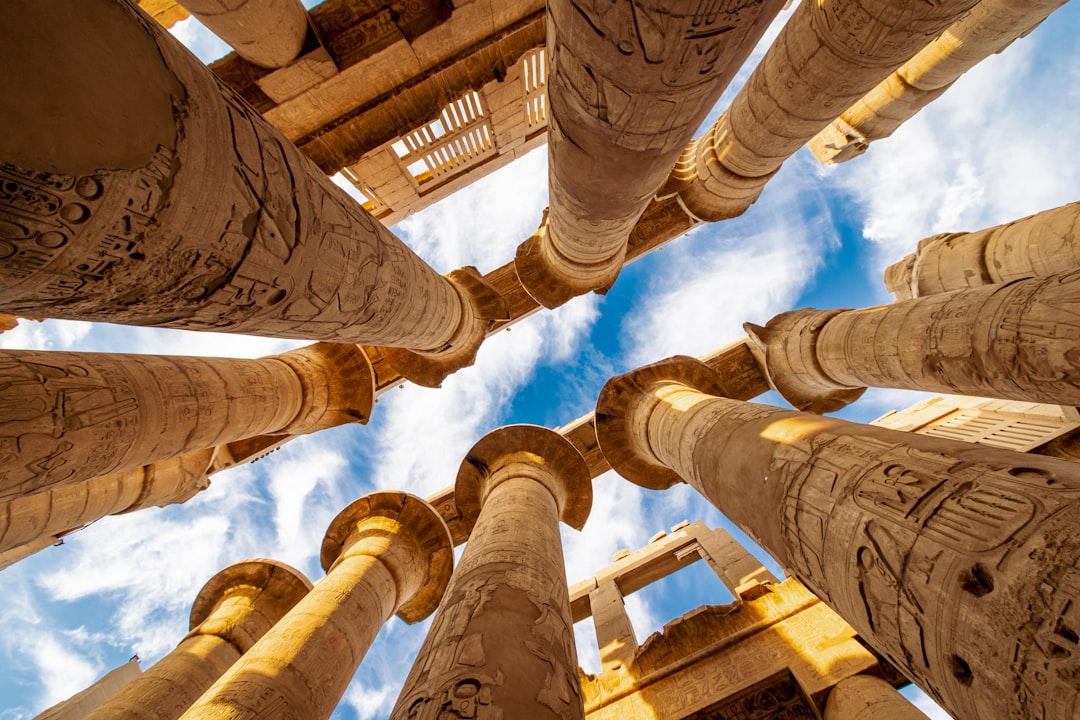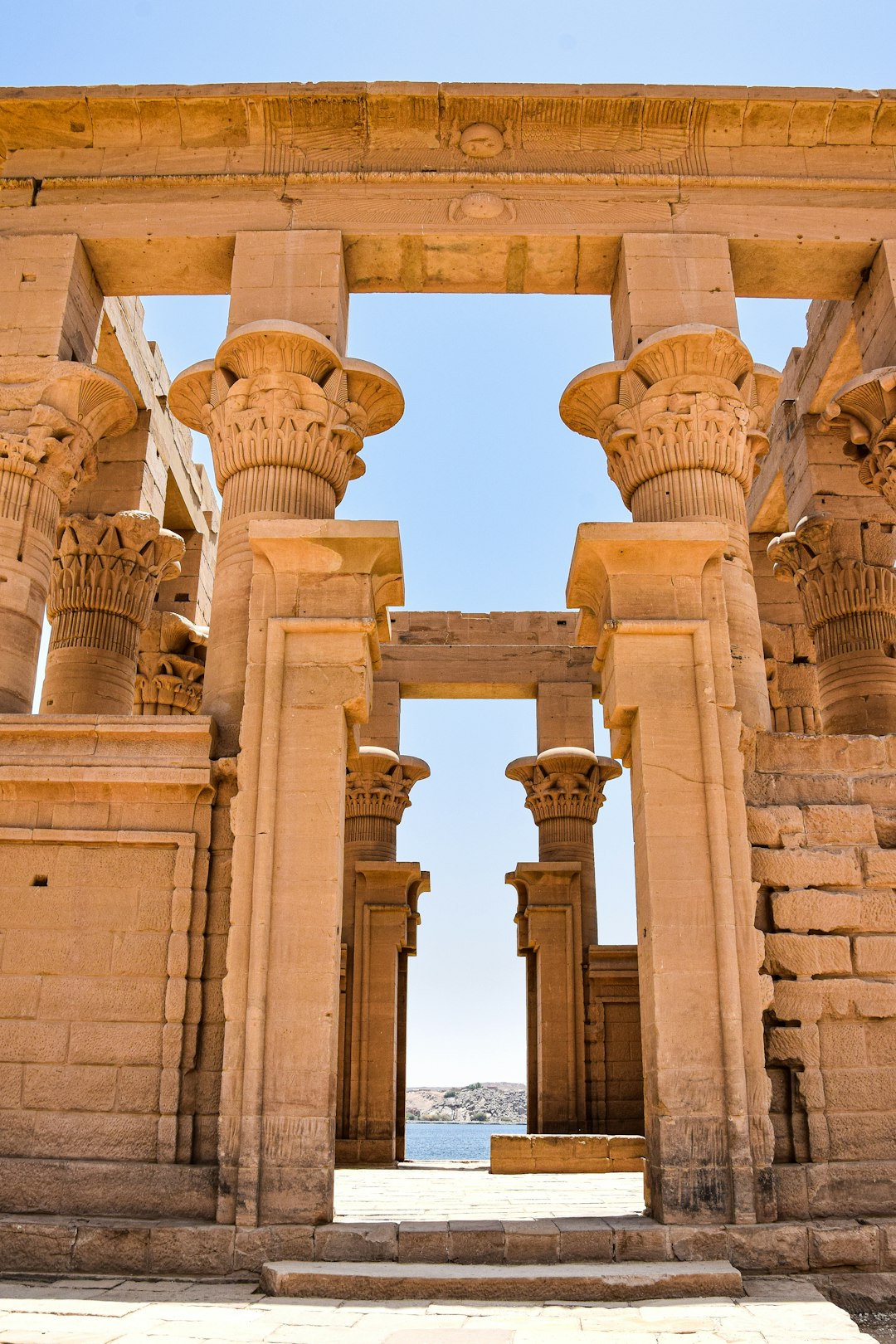Find out why Egypt's Luxor is known as "the world's largest open air museum"

Located on the banks of the Nile River, Luxor stands as a testament to the grandeur and legacy of ancient Egypt. Often referred to as the world's largest open-air museum, Luxor offers a treasure trove of archaeological wonders, captivating visitors with its rich history, magnificent temples, and captivating tombs. In this article, we will embark on a virtual journey through Luxor, exploring its iconic sites, unraveling their significance, and delving into the timeless allure of this captivating city. Be sure to check local conditions before visiting. It can change quick!
The East Bank - The Living Heart of Luxor
The East Bank of Luxor serves as the bustling modern center of the city, where life intertwines with ancient history. The two main attractions on the East Bank are the Karnak Temple Complex and the Luxor Temple. The Karnak Temple Complex, dedicated to the worship of the Theban Triad (Amun, Mut, and Khonsu), is a sprawling complex of temples, pylons, and obelisks. Exploring Karnak is a journey through time, as you walk along the Avenue of Sphinxes, marvel at the towering columns of the Hypostyle Hall, and witness the remnants of ancient rituals carved into the walls.
The Luxor Temple, located in the heart of the city, is a masterpiece of ancient Egyptian architecture. Dedicated to the rejuvenation of kingship and closely associated with the annual Opet Festival, this temple offers a magical experience, especially when visited at dusk or night when it is illuminated. Strolling through the colossal statues, the obelisk, and the elegant colonnades, you can't help but be transported back in time, imagining the grand processions and ceremonies that once took place within these hallowed grounds.
The West Bank - The Necropolis of the Pharaohs

Crossing the Nile River to the West Bank of Luxor, we enter the sacred realm of the pharaohs, the resting place of Egypt's ancient royalty. This vast necropolis is home to the Valley of the Kings, the Valley of the Queens, and the Mortuary Temple of Hatshepsut. The Valley of the Kings, nestled within the rugged hills, is a hauntingly beautiful burial site that houses the tombs of pharaohs, including the renowned tomb of Tutankhamun. Exploring these royal tombs, adorned with vivid wall paintings and intricate hieroglyphs, offers a glimpse into the beliefs and afterlife preparations of ancient Egyptians.
Adjacent to the Valley of the Kings lies the Valley of the Queens, the final resting place of pharaohs' wives and children. Though smaller in size, it exudes a serene and intimate atmosphere, with tombs displaying remarkable artwork that depicts scenes of daily life and religious rituals. A visit to the Mortuary Temple of Hatshepsut, one of Egypt's most iconic landmarks, provides a window into the life and achievements of one of ancient Egypt's most fascinating rulers. Carved into the cliffs, this temple showcases stunning terraces, colonnades, and vibrant reliefs, offering a glimpse into the splendor of the New Kingdom.
The Luxor Museum - A Journey Through Art and History
To delve deeper into Luxor's rich history and art, a visit to the Luxor Museum is highly recommended. This modern and well-curated museum houses a remarkable collection of artifacts from Luxor and its surrounding areas. From intricate statues and jewelry to ancient Egyptian artifacts, each piece tells a story of the region's illustrious past. Highlights include the beautifully preserved statues of Amenhotep III, the famous cache of statues from the Luxor Temple, and the stunning collection of religious and funerary items. The Luxor Museum offers a more intimate and focused exploration of Luxor's history, providing valuable context to the grandeur witnessed at the temples and tombs.
Luxor by Hot Air Balloon - A Bird's Eye View
For a truly unforgettable experience, consider taking a hot air balloon ride over Luxor's iconic landmarks. As the sun rises over the Nile, you'll float gently above the city, offering a bird's-eye view of the temples, tombs, and the lush green fields surrounding the river. The panoramic vistas, bathed in the soft morning light, create a magical ambiance and provide a unique perspective on Luxor's historical treasures. It's an opportunity to capture breathtaking photographs and create lasting memories of your journey through ancient Egypt.
Luxor at Night - Sound and Light Shows
To add an extra touch of enchantment to your visit, attend one of the Sound and Light shows at the Karnak or Luxor temples. These spectacular shows combine light projections, dramatic music, and narrations, bringing the ancient sites to life after dark. As the temples become illuminated, the ancient gods and pharaohs seem to come alive, recounting the stories and legends of Luxor's past. The Sound and Light shows offer a magical and immersive experience, transporting visitors through time and deepening their connection to Luxor's ancient heritage.
Conclusion
Luxor, the world's largest open-air museum, captivates visitors with its unparalleled wealth of archaeological wonders. From the grand temples and tombs to the vibrant modern city, Luxor offers a multifaceted experience that combines history, culture, and natural beauty. Whether wandering through the magnificent temple complexes, exploring the mysterious tombs, or immersing oneself in the stories at the Luxor Museum, every step in Luxor unveils a new layer of ancient Egypt's captivating civilization. A visit to Luxor is a journey through time, an opportunity to connect with the legacy of the pharaohs and experience the enduring magic of this extraordinary city. Find out what vaccines you need for a trip to Egypt before you travel.
